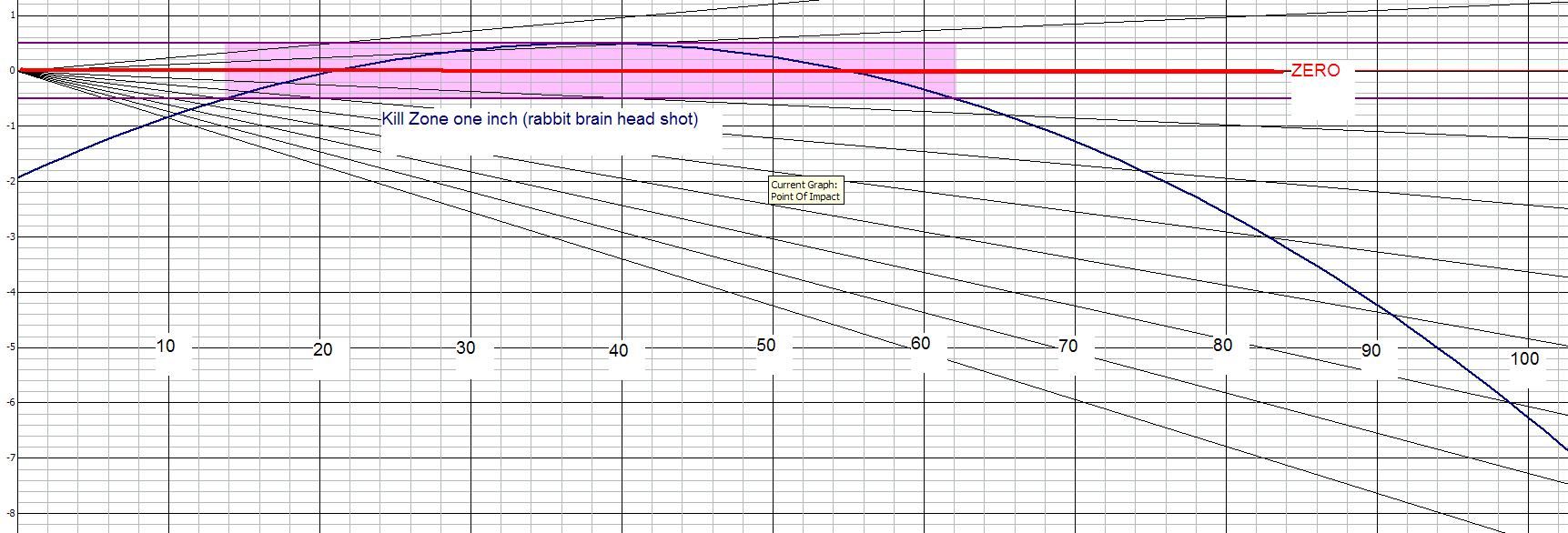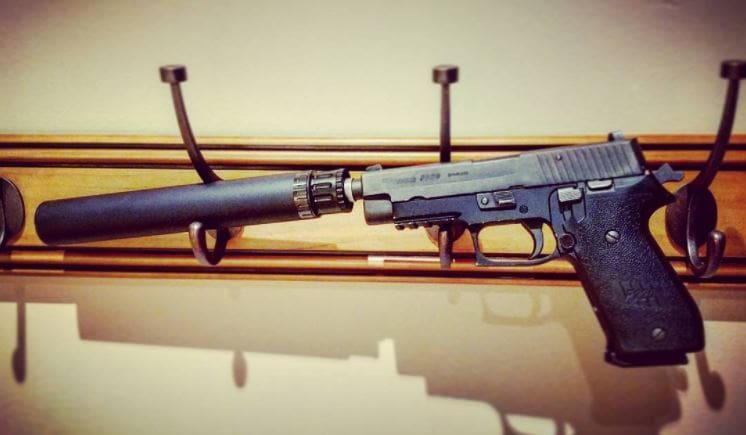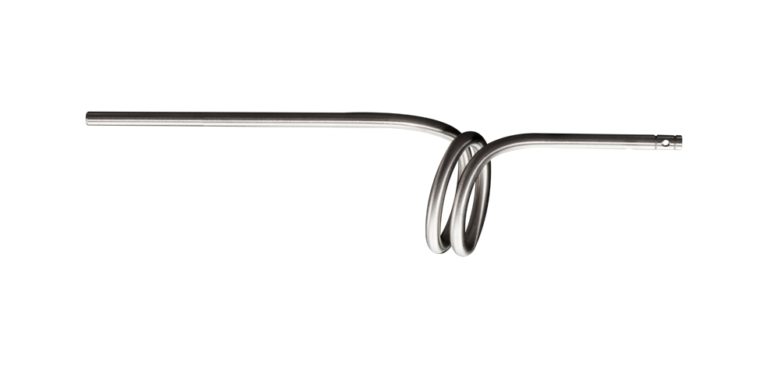
Contrary to the term, “silencers” do not completely silence a firearm. The term “Silencer” is really a colloquial term for firearm suppressors, and one of the most misleading aspects of the whole debate. The debate usually starts when asking what exactly we should call these devices. Silencers are continually a hot topic of debate between gun owners and gun control advocates. His company, Maxim Silencers, is still running strong over 100 years later and remains a leader in the industrial noise control market. Firearm silencers are so similar to mufflers because the inventor, Hiram Percy Maxim, actually helped with a lot of the research for improving automobile and industrial silencers. This lets us control how loud or quiet we would like our firearm to sound. Just like mufflers, there is no one size fits all solution for silencers. The result comes out as exiting exhaust within an acceptable audio range. A muffler’s job is to take the hot gases and noise generated from an internal combustion engine and slow them down through a system of tubes and baffles. One great example of how silencers work can be seen when looking at car’s muffler.

A silencer’s job is to redirect these heated gases through a system of chambers and baffles to slow down, cool, and limit the pressure and noise emitted from a firearm’s barrel. When you fire ammunition from a gun, the ammo generates hot pressurized gases that need a place to escape.Īs these turbulent gases exit the firearm, the dramatic change in pressure causes a loud blasting sound.

Understanding How Firearm Silencers/Suppressors Work

This project is a massive look at silencers with testing data that shows exactly what difference a suppressed firearm can make on your sound levels while shooting.


 0 kommentar(er)
0 kommentar(er)
